In a groundbreaking move, Delta Air Lines has become the first U.S. commercial airline to receive FAA approval for using drones to inspect their fleet. This innovative approach, recently announced by Delta, is set to revolutionize aircraft maintenance procedures, with a particular focus on post-lightning strike inspections.
Cutting-Edge Tech Takes Flight in Aircraft Maintenance
Delta TechOps, the airline’s maintenance division, is introducing a fleet of small, semi-autonomous drones for visual inspections. These unmanned aircraft systems (sUAS) are pushing the boundaries of aviation technology – they’re capable of navigating around an entire aircraft, capturing high-resolution images without requiring manual control from a pilot.
“Delta is the first U.S. commercial operator to receive FAA Certificate Management Office concurrence for our plans to use these drones for maintenance inspections across our fleet,” the airline proudly announced.
This statement underscores the significance of the FAA’s approval, marking a new era in aircraft maintenance procedures.
Safety Takes Off, Efficiency Soars
The introduction of Drone Technology in aircraft inspections isn’t just about embracing the latest tech trends. It’s a game-changer in terms of both safety and efficiency. By deploying drones for inspections, Delta is significantly reducing the risks associated with technicians and inspectors working at heights – a common hazard in traditional inspection methods.
But the benefits don’t stop at improved safety. These high-tech flying cameras are dramatically accelerating the inspection process. According to Delta, their trained technicians can now assess aircraft conditions up to 82% faster using drone-captured images. This impressive speed boost is crucial for minimizing aircraft downtime, getting planes back in the air quickly, and ultimately reducing delays and disruptions for passengers.
What This Means for Air Travelers
For the average traveler, Delta’s Drone Inspection program could translate into a smoother, more reliable flying experience. By streamlining their inspection process, particularly after events like lightning strikes that require immediate attention, Delta aims to return aircraft to service faster than ever before.
The airline has taken a comprehensive approach, incorporating drone inspections into their Aircraft Maintenance Manual (AMM) for their entire mainline fleet. This isn’t a limited trial or a tentative step – Delta is fully committing to this technology across its operations.
The Bigger Picture: Drones in Aviation Maintenance
While Delta’s FAA approval is making headlines, it’s part of a larger trend in the aviation industry. Other major airlines have been exploring similar territory:
KLM, for instance, has been testing drone inspections in Europe, with a focus on addressing paint peeling issues on Boeing 787 and Airbus A350 aircraft. Their drone inspections can reportedly be completed in about 20 minutes, a significant improvement over the 3 hours required for manual inspections. Interestingly, KLM’s program didn’t require specific approval from aviation authorities, as they operate under existing European maintenance guidelines.

American Airlines has also been pioneering drone inspections at their facilities in Dallas. They’ve partnered with DJI, using Mavic 2 Enterprise drones equipped with machine learning capabilities to identify potential anomalies in real-time. American reports that drone inspections can cut inspection times roughly in half compared to conventional methods.

DroneXL’s Take
Delta’s FAA approval for fleet-wide drone inspections marks a significant milestone in the aviation industry. It represents a shift from experimental programs and limited trials to full-scale implementation of drone technology in aircraft maintenance.
What sets Delta’s program apart is its comprehensive nature and the explicit FAA approval. While other airlines have been testing the waters, Delta has dived in headfirst, integrating drone inspections into their maintenance processes for their entire mainline fleet. This move signals a new level of confidence in drone technology from both the airline industry and regulatory bodies.
We’ve been closely following developments in drone inspections across various sectors, and it’s thrilling to see these applications gain traction in commercial aviation. Delta’s initiative could well be the tipping point that leads to wider adoption across the industry.

The benefits are clear: enhanced safety for maintenance workers, potentially fewer delays for passengers, and a more efficient, cost-effective maintenance process overall. It’s a prime example of how drone technology is reshaping industries far beyond its original applications in photography and deliveries.
As we look to the future, it’s likely that drone inspections will become standard practice across the aviation industry. The combination of improved safety, increased efficiency, and potential cost savings makes a compelling case for widespread adoption.
However, this development also raises interesting questions. How will this technology evolve? Will we see fully automated inspection drones in the near future? How might this impact the job market for aircraft inspectors and technicians?
We’re keen to hear your thoughts on this high-flying tech. Do you think drone inspections will become the new norm for aircraft maintenance? How might this affect your confidence as a air traveler? Share your perspectives in the comments below – let’s keep this conversation soaring!
Discover more from DroneXL.co
Subscribe to get the latest posts sent to your email.
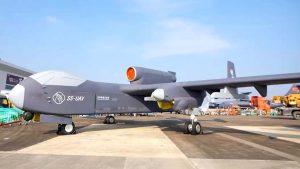
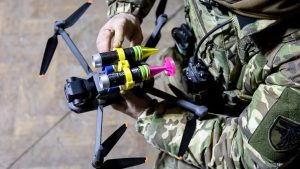

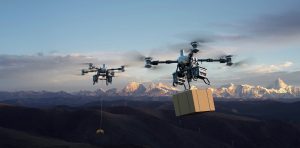





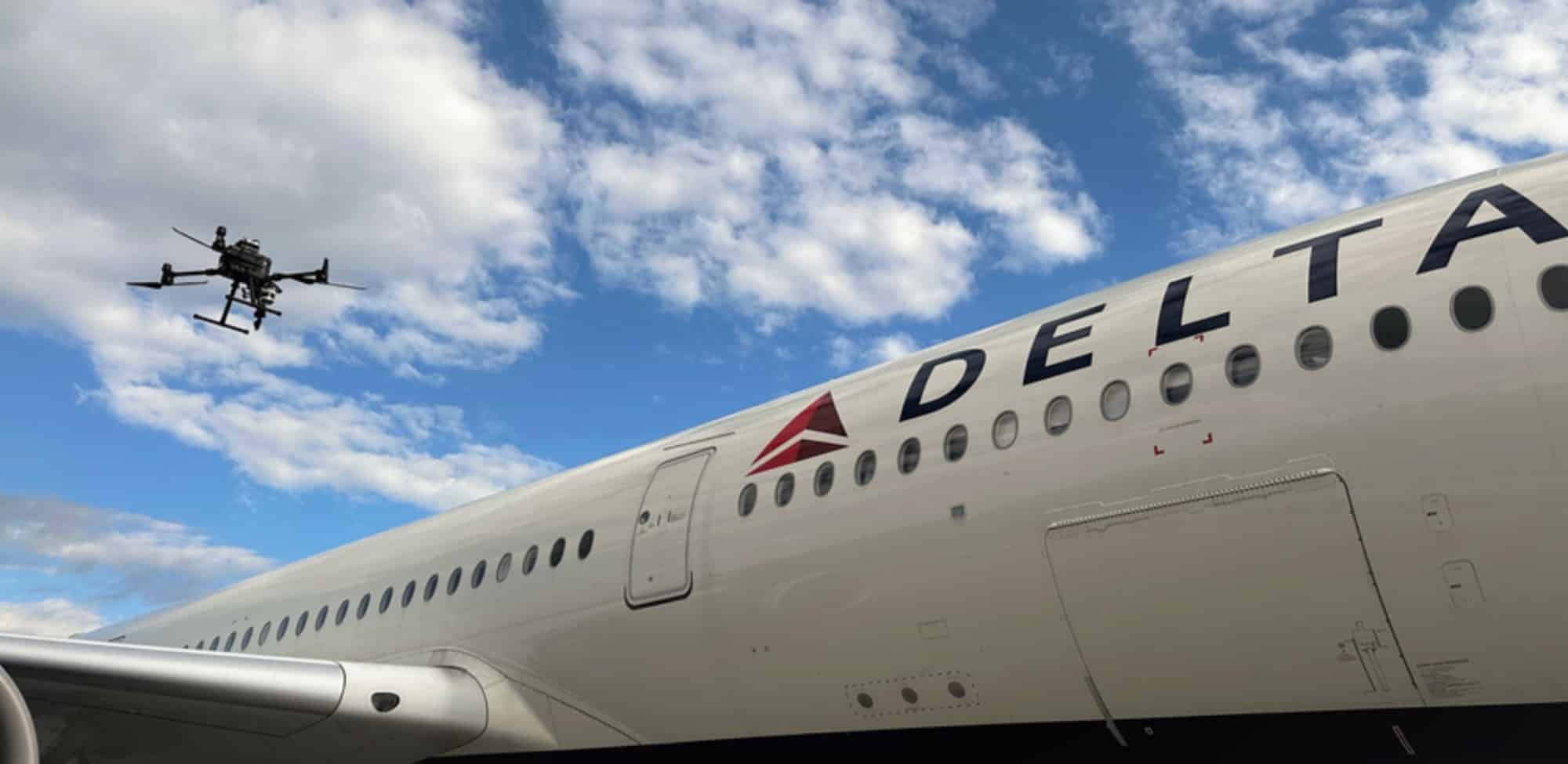
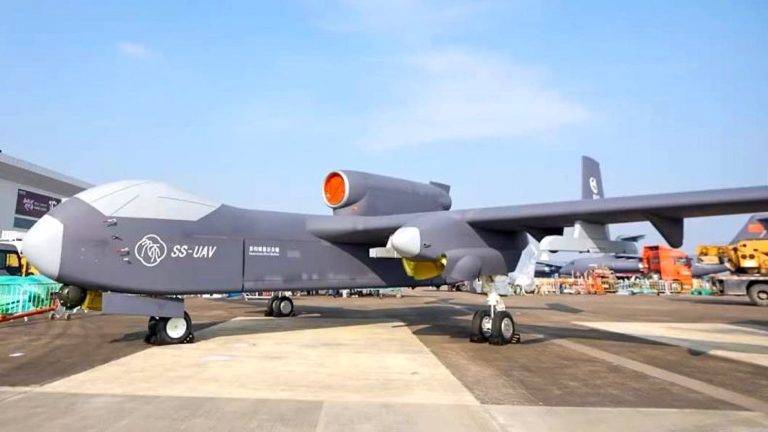

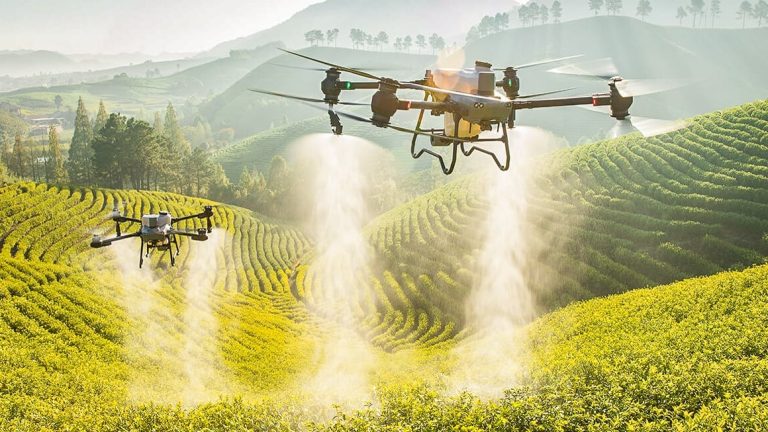
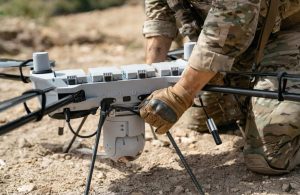

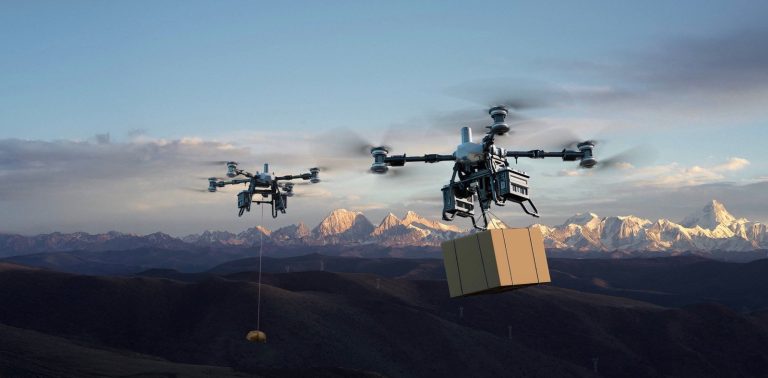

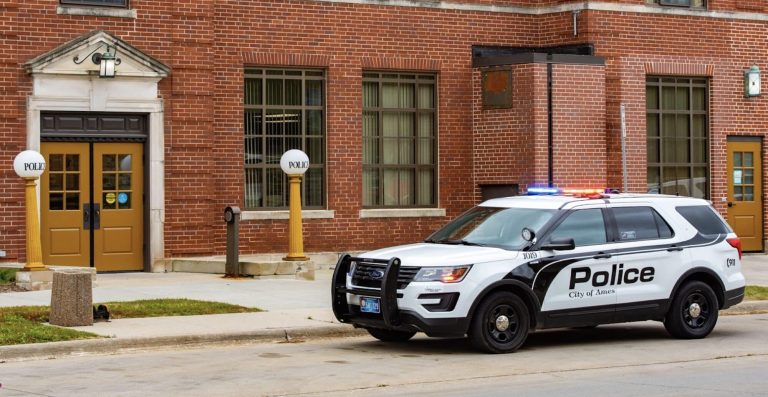


+ There are no comments
Add yours